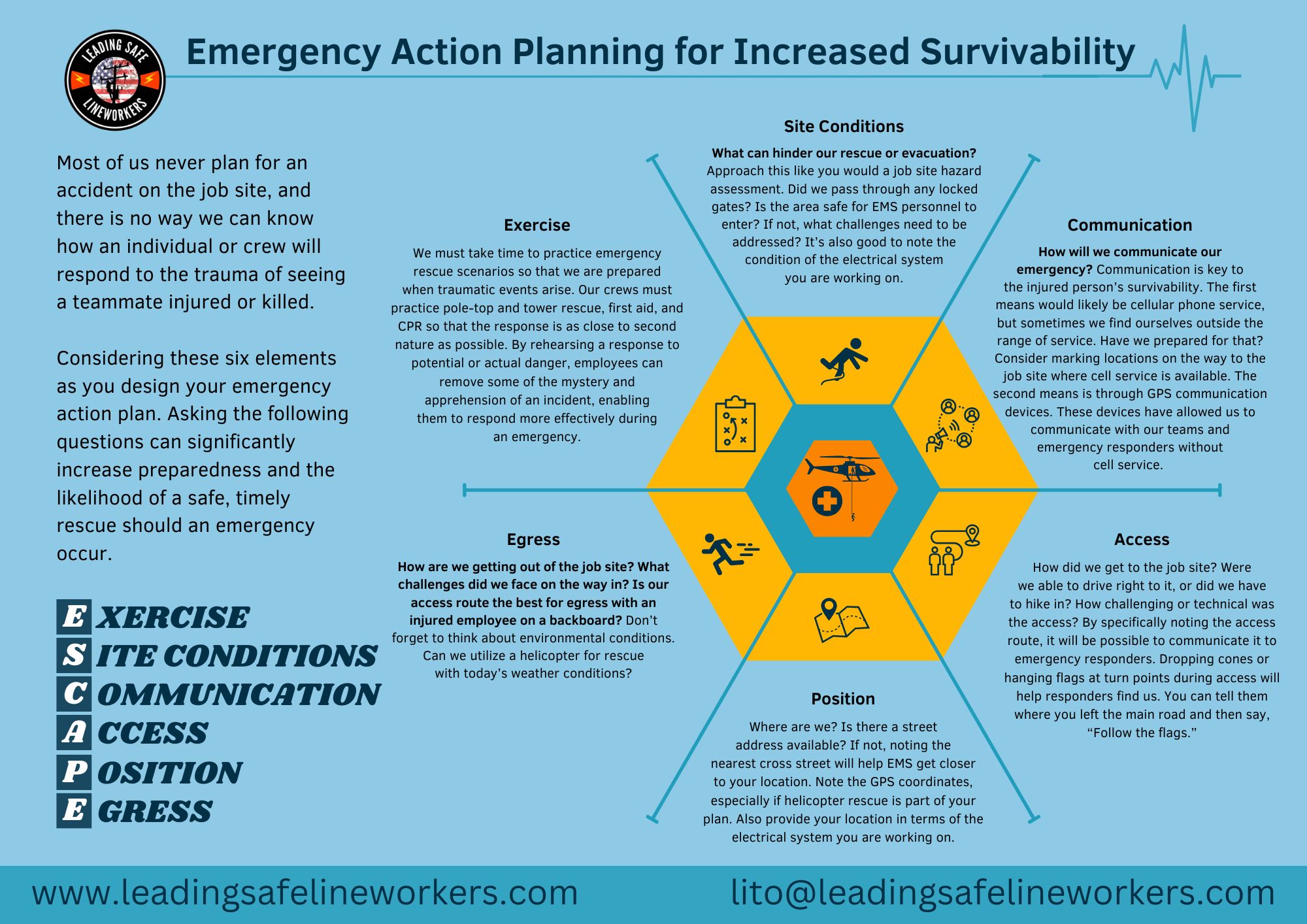
In high-pressure situations, communication is not just a tool; it’s a lifeline. A moment of miscommunication can lead to delayed decisions, compromised safety, and increased risk. So how do we ensure our teams are aligned when the stakes are highest? Here’s how safety leaders like you can enhance crew communication to keep everyone on the same page—even when the pressure is on.
The Challenges of Communication in High-Pressure Situations
When the clock is ticking and adrenaline is surging, even seasoned crews can falter in their communication. Some of the most common hurdles include:
- Stress-Induced Tunnel Vision High-pressure scenarios often narrow our focus, leading to missed details and reduced situational awareness. Crew members may overlook critical updates or fail to anticipate changes.
- Information Overload Rapidly changing conditions can flood teams with too much information, making it difficult to prioritize what’s most important.
- Assumptions and Complacency Under stress, people may assume their teammates understand or remember key details, which can lead to dangerous oversights.
- Fear of Speaking Up In hierarchical teams, some crew members may hesitate to voice concerns or clarify instructions, especially in the heat of the moment.
- Technology Breakdowns In high-risk industries, equipment like radios or apps meant to enhance communication can fail at the worst possible time, further complicating an already tense situation.
Understanding these challenges is the first step in overcoming them. By proactively addressing these pitfalls, you can keep your team synchronized and confident—even under immense pressure.
1. Create a Culture of Clarity
When the heat is on, clarity becomes king. Ambiguity leaves room for errors and assumptions. Use tools like pre-task briefings to establish the who, what, when, why and how of every task. During the brief:
- Ask: “What’s the plan, and what are the potential risks?”
- Confirm: Ensure each team member can articulate their role.
- Double-Check: Use a verbal confirmation loop: “What did you hear me say?”
2. Encourage Real-Time Check-Ins
In dynamic environments, conditions change rapidly. Teach your crew to:
- Pause to Sync: After the pre-job brief and before any critical task, ask: “What’s changed?” Even if nothing has changed, this pause has caused the crew to move out of autopilot and become synchronized.
- Speak Up Early: Establish psychological safety so that team members feel empowered to raise concerns without fear of judgment. Prompt: “What’s on your mind that hasn’t been shared yet?”
- Leverage Technology: Radios and digital tools can be lifesavers for quick updates.
3. Train for Composure Under Pressure
Stress can cause even the most seasoned professional to freeze or react emotionally. Combat this by:
- Simulating High-Stress Scenarios: Regular drills in controlled but high-pressure settings help teams build muscle memory.
- Prepare teams for emergencies by using the “ESCAPE” Framework.

4. Adopt the ASKS Framework
The ASKS (Ask, Shift, Know, Strengthen) method can transform how your team operates:
- Ask: Proactively identify hidden risks and assumptions by asking critical, reflective questions.
- Shift: Adjust the plan based on insights gathered during the Ask phase.
- Know: Execute the plan with intention and confidence, ensuring all team members are synchronized and prepared for potential challenges.
- Strengthen: Solidify lessons learned, reinforce positive practices, and continuously improve as a team.
Actionable Takeaways for This Week
1. Start each task with a sync: Implement a quick check-in before the workday begins to ensure alignment. This has been proven most effective when done right after the pre-job brief before work starts as well as prior to and during any high-risk task to ensure crew alignment.
2. Practice the ASKS framework: Use it in your next safety meeting.
3. Reflect on a past miscommunication: What went wrong, and how can it be avoided?
By applying these strategies, you not only enhance communication but also foster a sense of trust and accountability within your crew.
If you want to learn more about this topic and the frameworks mentioned, mid-January, I will be launching the Wired for Safety: Insider Tools and Strategies newsletter to dive deeper and unlock advanced strategies for crew communication, leadership, and proactive safety culture building. Let’s elevate your safety game—together. Contact me if you are interested and I will add you to the waiting list!

